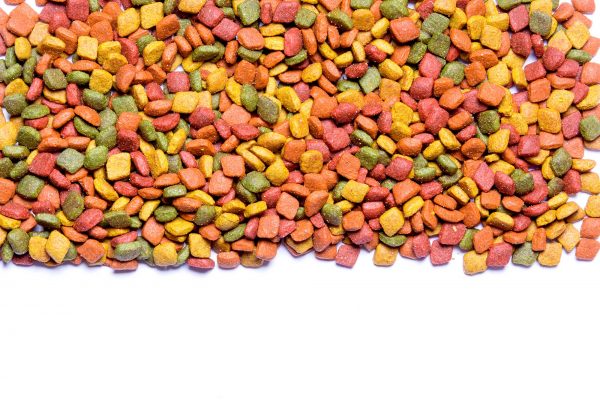
Pet Food Nutrition

Sorghum: A Smart Commercial Pet Food Ingredient
Sorghum is an excellent ingredient to include in commercial pet food applications. This commercial pet food guide is your resource for sorghum’s nutritional benefits, processing, sensory characteristics and more.

FDA Warning Cautions Against Grain-Free Dog Food
According to a warning from the Food and Drug Administration released in July 2019, grain-free food might be giving dogs a life-threatening heart problem called dilated cardiomyopathy, or DCM.
Sorghum Nutritional Benefits
The USDA Food Nutrient Database identifies sorghum contains 10.62% protein, which is higher than corn. The fat content of sorghum is 3.46%, and linoleic acid, an essential fatty acid for both dogs and cats, represents more than half of the fatty acids in sorghum. Oleic acid, which is not an essential fatty acid for pets, accounts for one-third of the fatty acid profile in sorghum. The omega-3 linoleic acid represents less than 3% of the total fatty acids. Most of sorghum’s fiber portion is insoluble with appreciable amounts of lignin within the seed coat. When compared to corn, sorghum contains a higher level of phosphorus, potassium and iron with lower sodium content. The vitamin content of sorghum is similar to several other cereal grains.
Rich In Antioxidants
Some sorghum, derived from the purple bicolor subspecies, is rich in phytochemicals, such as phenolic acids, anthocyanins, phytosterols and policosanols, providing antioxidant benefits similar to fruit.
Other Benefits Of Sorghum
- Several studies showed digestibility performance of extruded sorghum diets is equivalent to that of other grains with better fecal quality and a lower glycemic index. However, some studies showed a possible lower protein digestibility of sorghum when compared to rice or corn.
- Extrusion can increase starch digestibility of sorghum diets up to 0.98% in dogs.
- Extruded dry dog food diets made with whole-grain sorghum as the main ingredient were accepted by pet owners at the same level of control diets containing rice, wheat and corn, and no sorghum.
- Improving appearance factors of diets manufactured with other sorghum fractions can increase acceptability with pet owners.
- Palatability studies have shown no differences in food intake between extruded sorghum diets and diets manufactured with other grains, such as corn, wheat and rice.
- Through enhanced seed-breeding techniques, USDA-ARS has recently developed new sorghum genomic lines with significantly higher protein and protein digestibility levels, which should be considered as part of further pet food research studies.
Learn more by downloading this guide.


